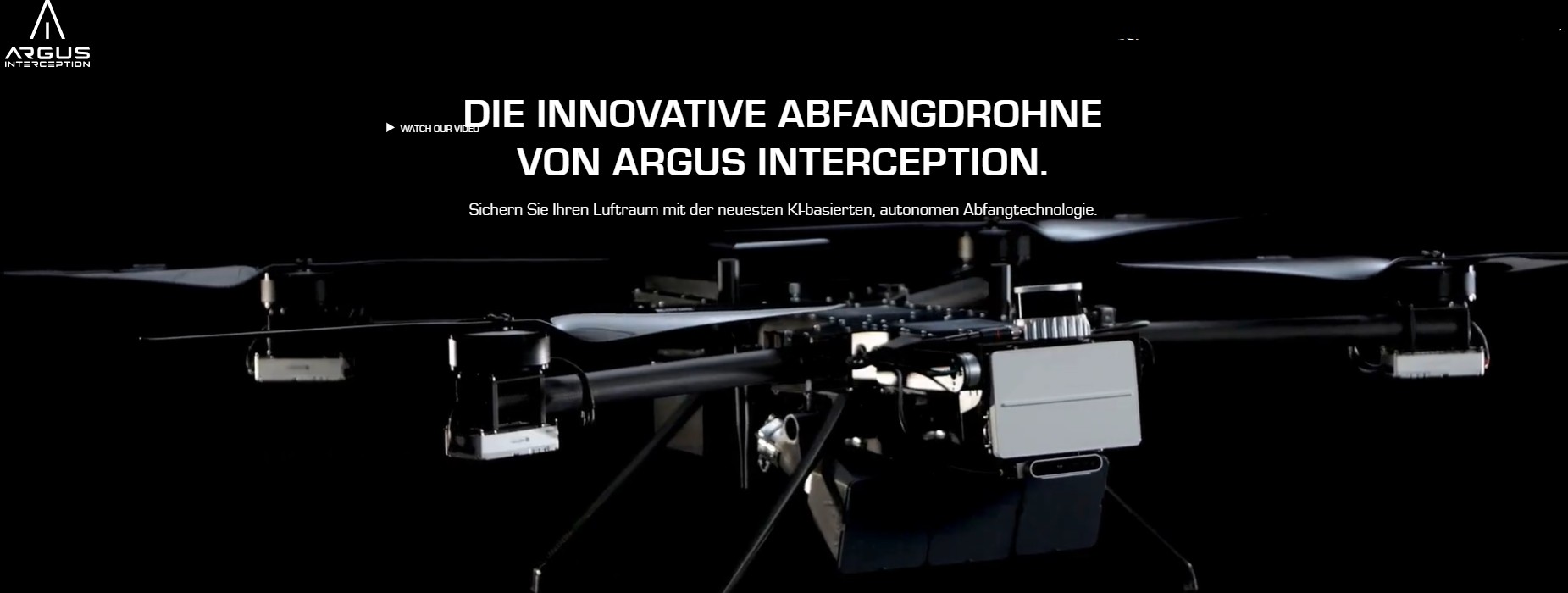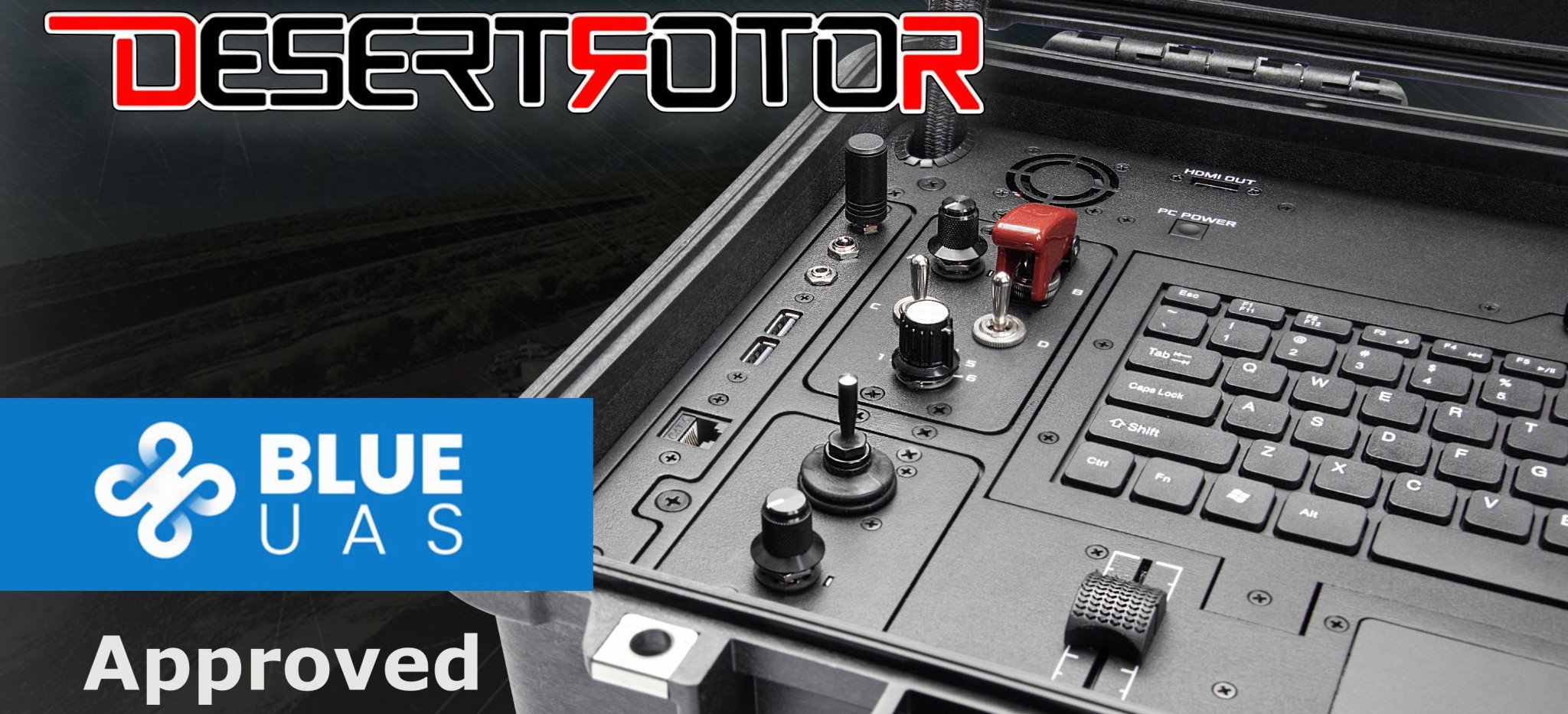FAA Breakthrough: Fully Remote Drone Inspections Become Reality

The Federal Aviation Administration (FAA) has granted asignificant waiver allowing MFE Inspection Solutions to conduct fully remotedrone inspections. This pivotal development signals a transformative leap forindustries dependent on infrastructure inspections, ushering in a new era ofefficiency, safety, and technological progress in the drone ecosystem.
The Significance of the FAA Waiver
Until now, most drone inspections in the United States werebound by strict regulations that required visual line of sight (VLOS)operations. This meant that a remote pilot had to be within visible distance ofthe drone, limiting the scope and scalability of inspections. With this newFAA waiver, MFE Inspection Solutions can now operate drones beyondvisual line of sight (BVLOS) without a pilot on-site, using docked dronesystems deployed from fixed locations.
This decision doesn't just grant an operational edge—it redefineswhat's possible for inspections in energy, construction,telecommunications, and transportation sectors.
How Docked Drone Systems Work
The approved system consists of fully autonomous, dock-baseddrones—small aerial vehicles housed in protective stations, or"nests," that:
- Launch on command from remote operators
- Perform pre-programmed inspection tasks
- Return to the dock to recharge and upload data
These drones are equipped with high-resolution cameras,thermal imaging, LiDAR, and AI-powered anomaly detection,enabling comprehensive analysis without human intervention.
Impact on Critical Infrastructure
1. Energy Sector
Energy companies can now perform regular pipeline and powerline inspections in remote areas without sending personnel. The result? Fasterdetection of corrosion, leaks, or damage with less human risk.
2. Telecommunications
Tower inspections, previously done manually or bytraditional drones, can now be automated, improving coverage and speedwhile lowering operational costs.
3. Construction and Real Estate
Remote drones can monitor construction progress, assesssafety compliance, and provide real-time updates to stakeholders across theglobe.
4. Transportation Infrastructure
Bridges, highways, and railroads require constantinspection. With remote drones, transportation agencies can conduct routinechecks more frequently, avoiding catastrophic failures.
The Regulatory Landscape
The FAA’s approval required MFE Inspection Solutions toprovide evidence of the safety, reliability, and security of their operations.This included:
- Redundant flight systems
- Secure communication protocols
- Compliance with airspace integration standards
This waiver may set a precedent for future BVLOSoperations, encouraging other companies to pursue similar authorizations.
Industry Reactions
The drone industry has responded with enthusiasm:
"This is a game changer for autonomous inspection. TheFAA’s decision validates years of R&D and opens doors for scalablecommercial deployment." – Drone Industry Executive
"Remote drone docks will be as ubiquitous as celltowers in five years. This is the inflection point we’ve been waitingfor." – UAV Systems Analyst
Environmental and Safety Benefits
Autonomous inspections reduce the need for:
- Truck rolls to remote sites
- Risky climbs and manual inspections
- Fuel-powered operations
This translates into:
- Reduced carbon footprint
- Fewer workplace injuries
- Lower long-term costs
The Competitive Edge
Companies adopting remote drone inspection early gain a strategic advantage in:
- Predictive maintenance
- Asset management
- Customer service
From oil rigs to solar farms, the ability to inspectwithout mobilizing a crew changes the economics and risk profile ofindustrial operations.
Looking Ahead
The FAA’s decision marks the beginning of broader regulatoryshifts:
- Streamlined approvals for docked drone systems
- Standards for BVLOS safety certifications
- Integration with Unmanned Traffic Management (UTM) systems
MFE’s waiver will serve as a blueprint for futureapplicants, accelerating the adoption of remote autonomous operations.
Global Implications
While countries like Switzerland, the UAE, and South Koreahave led BVLOS initiatives, the FAA’s move repositions the U.S. as a seriouscontender in drone innovation.
U.S. companies can now scale solutions domesticallybefore expanding globally, leveraging regulatory support to lead in:
- Disaster response
- Urban inspections
- Agricultural monitoring



